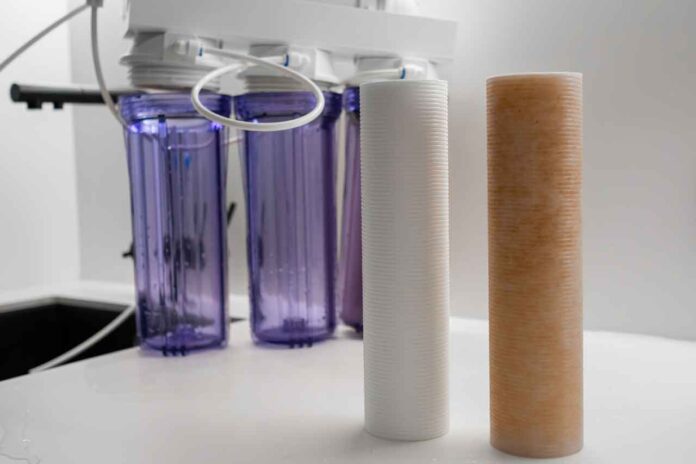Whether you operate in a chemical, pharmaceuticals, food & beverage, or some other industry, you use filtration techniques to separate unwanted components from different mixtures to attain the highest purity and desired consistency. During filtration, you use a porous medium to pass the selected mixture and retain necessary elements by separating them from others. Pores work like tiny sieves to capture different particle sizes and shapes. Because you deal with various solutions, choosing a suitable filter for a particular purpose is crucial. Nowadays, sintered filters have gained tremendous recognition across industries for their efficiency, wear resistance, strength, and more. The popular options are either bronze or stainless steel.
How do you select a specific sintered filter over the other? Let’s learn about these filters to understand their utility and strengths. It will also help in decision-making.
- Sintered Bronze Filters
These filters are manufactured from fine bronze powder compacted for shape forming and sintered to bond the particles without melting. As a result, you get porous structures with joined passages that let liquids pass through, holding back unwanted elements. Trusted manufacturers carefully select bronze powder based on purity and size. Then, the powder is molded under applied pressure to create a filter design. The mold is exposed to a controlled heated environment below the melting point of bronze. It bonds the powder particles with pores. Eventually, the filters undergo cleaning, deburring, and other treatments to be ready for use.
Such manufacturing precision gives you sintered filters that offer excellent permeability and porosity. The appropriate pore size can capture even the tiniest particles. Plus, bronze’s ability to resist chemicals and fluids allows it to serve various needs. Its high tolerance for temperature and shock further increases its reliability. As a result, the medical and food sectors use them extensively.
- Sintered Stainless Steel Filters
Sintered stainless steel filters are also coveted among various powder metallurgy parts. While the manufacturing process can be similar, stainless steel offers higher wear resistance, making it perfect for challenging applications. This material is also effective in resisting corrosion and high temperatures, allowing you to handle many corrosive chemicals and fluids. Some admire the precision filtration capacity of stainless-steel filters. Its widespread application is in the aerospace, pharma, and power plant industries.
- Sintered filters – bronze vs stainless steel
Both these materials are durable, sound, and corrosion-resistant and can be used widely. However, steel can offer better temperature tolerance. If you want a biocompatible filter with a superior flow rate at a lower cost, bronze is a good option. If you require something robust and highly corrosion-resistant with an excellent temperature tolerance limit, stainless steel can be the one. But before picking anything, you must realize that stainless-steel filters can be expensive. Their flow rate can be less efficient than that of bronze structures. Plus, bronze filters demand regular cleaning, while stainless-steel filters need intensive cleaning, depending on the application.
Investing in a metal powder product can be the right decision for multiple reasons. Still, the supplier must be trustworthy and expert in the field. At the same time, they should be able to process different needs on time.

